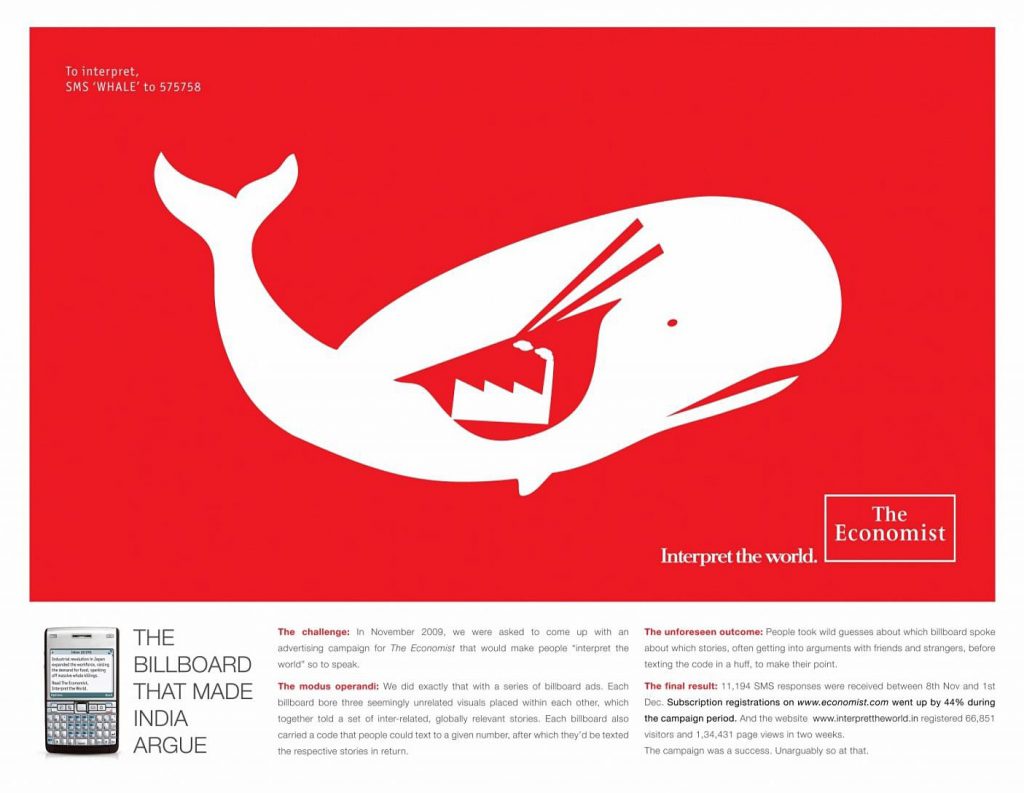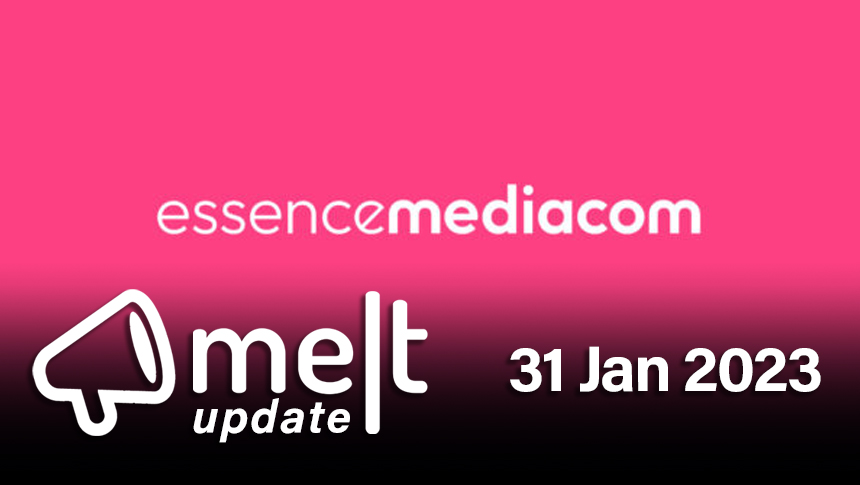A recent Harvard Business Review article investigates the strategy-execution gap in organisations and lays the blame at the doors of what they define as the tyranny of the tangible:
Over the last year, we have explored this paradox with groups of senior executives. Without hesitation, their explanation of the knowing-doing gap is: Structure, process, and governance are “tangible” — action there is easier to demonstrate and measure. Not incidentally, that is often what executives’ performance is measured on.”
In recent years, the new tangible that is delighting senior executives, especially the ones who mind the money, is digital marketing. After years of not knowing which half of the advertising dollar worked, their prayers have been finally answered.
I am a fan of digital marketing. Ten years ago, when we started The Economist’s operations in India, we took to email marketing with a vengeance. The ability to measure a dozen lists’ performance, on a daily basis, chop, change, experiment and continuously improve cost per acquisition (CPA) was manna from heaven. But, this was just one component of the mix – the mop that was efficiently sweeping up the effects of the buzz that was being created. That buzz was a result of a finely orchestrated awareness, desire and interest creation communication in newspapers, outdoor billboards and, in later years, television.
I can almost hear the thoughts running in some of your heads: what a waste of money, this is the problem with the older gen marketing folks, wasting money on inefficient media. Media that we can never know if it delivered. Because it can’t be measured. Right?
Wrong.
It can be measured. If you have figured out your marketing strategy carefully. What is the need of the hour, who is the potential audience, where does he or she live, how does he or she spend her day, what will make him/her consider our product, how will we then take him/her down the AIDA (awareness, interest, desire, action) path (okay, you can call it the funnel if you want). Basis this, what’s the key lever that you need to push for the next few months to achieve your target?
In the case of The Economist, we knew our potential audience was best defined by psychographics: one filled with great curiosity about world affairs. But we knew when we applied the filter of ability to pay (when we started we were about 10X the price of Indian business magazines), the first lot of curious folks would be office goers, most likely travelling in cars to work. Digital seemed inadequate to build awareness quickly. We chose outdoor for our first campaign. Plotted the travel work routes in Mumbai, Bangalore and Delhi. Ignored all else. Another key element which is seemingly becoming secondary today was creative. The power of a great piece of creative can multiply your media budgets. We worked with the best and the power of a powerful, visual campaign allowed us to spend less on media.

I see some of you getting impatient: all this is fine, how did you measure all this?
Brings me back to the lever. We identified that for The Economist (not an easy read when one starts off), the key was to get people to read the magazine. The more she reads, the greater the chances of going down the AIDA path. So, how do we do this? Giving out samples to read was just not cost-effective. The answer was simple. All that we do must direct people to the website. We would measure the success of our work by unique visitors visiting our site. That’s it.
How did that do? Between April 2008 and March 2014, unique visitors from India to economist.com went up by 603%. Not bad, eh? The efficient mop we spoke of earlier converted all that reading and desire into action and took India to become the fourth largest paid subscriber country in the world of The Economist after the US, UK and Canada.
I think one can safely say, the mix delivered.
So, what happened in the last 10 years?
Before everything else, there was Google Search. While it officially launched in 1997, it sorted itself out post 2002, with the introduction of ad relevance scoring. Search was great, it fitted into the mix beautifully. Someone saw a billboard on the way to work; in his coffee break typed the brand and you reached the website and an ad promoting an offer alongside. Over time, search became the biggest source of traffic for a lot of brands and generated customers at astonishingly low Cost Per Acquisition (CPA).
Then in 2007 someone invented the banner ad and the ground was laid for the mayhem that was to follow. On one hand, you had an unending supply of inventory as blogs and online publishers flooded the net. This quickly drove cost per click (CPC) down to pennies. Then came re-targeting that followed you (if you had mistakenly clicked on a display ad in a futile attempt to get rid of it) all over the net and drove you nuts. The economics worked well on paper. Even if 1 out of 1000 hapless souls a brand pursued converted, the pennies and the re-targeting cost produced a seemingly acceptable CPA. More importantly, one could now measure and benchmark. One could put up charts of continuously diminishing CPAs and that provided great comfort in the boardroom.
One second, what do you think those 999 people, who despite your relentless pursuit didn’t ante up, think of your brand. Brand? Oh, never mind.
This wonderful digital machine was embraced with open arms. And then arrived programmatic. Earlier, at least, there were conversations about websites one should advertise on. One looked at where your visitor to your website was coming from, where was he going. It helped ensure you exposed your brand in the right environment. With re-targeting and then programmatic buying of ads, all that went out of the window.
It was now a world where you gave a budget and a CPC level and a machine placed your ads in a seemingly miraculous fashion. Sit back and rake in the customers. Occasionally, you read about ads turning up in unsavoury places and if it happened to you, you called up the agency and admonished them. The machine continued.
Timid questions raised about the effect of all this on the brand were laughed off as out of place in the new world of digital marketing. Soon, expertise in marketing was about managing agencies for whom consumers were digits to be hunted down algorithmically. The combination of measurement and programmatic has effectively driven most non-digital media out of the equation. The mix is dead.
The other graver effect is that marketers are in the process of handing over their brains to agencies. A result of either not keeping up with marketing technology or just being plain incompetent and lazy. The chances are if you ask a marketing person to explain the business strategy and the following marketing & communication strategy, you will get a slide deck from an agency with a media plan and beautiful charts all going the right way.
But, I believe all is not lost. I believe that smart marketers are realising that the bottom of the funnel has been vacuumed up. CPAs are rising. They instinctively know that one needs to widen the pool of ‘aware’ potentials. How do you do that? So, we are now doing top-of-funnel work and a whole new field of marketing attribution has sprung up to show the effects of that work on last point of contact conversion. We are now doing content marketing. What’s that? Storytelling to tell our audience what we are about, what defines us, why we are different.
One minute, isn’t that what brand advertising did? Create awareness and desire and created a pool of like-minded people interested in your brand.
One lives in hope.

